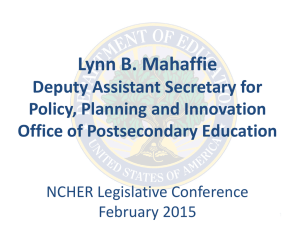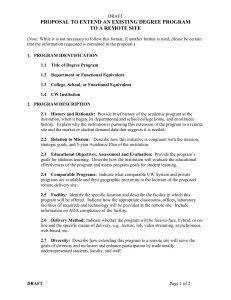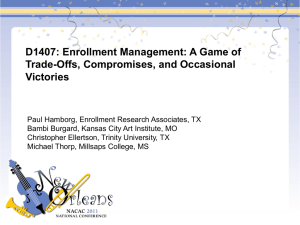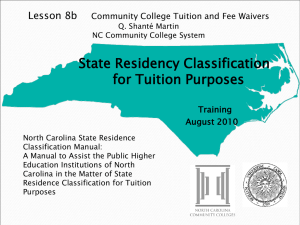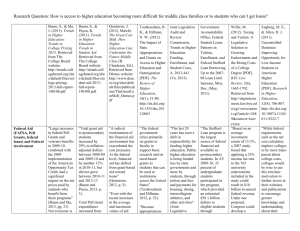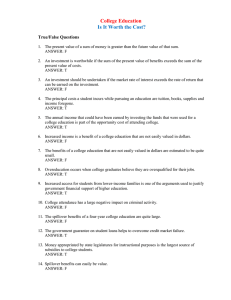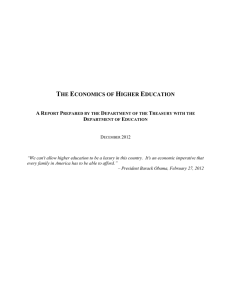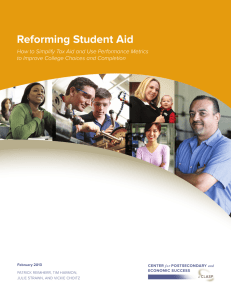does more financial aid cause colleges to increase the cost of
advertisement
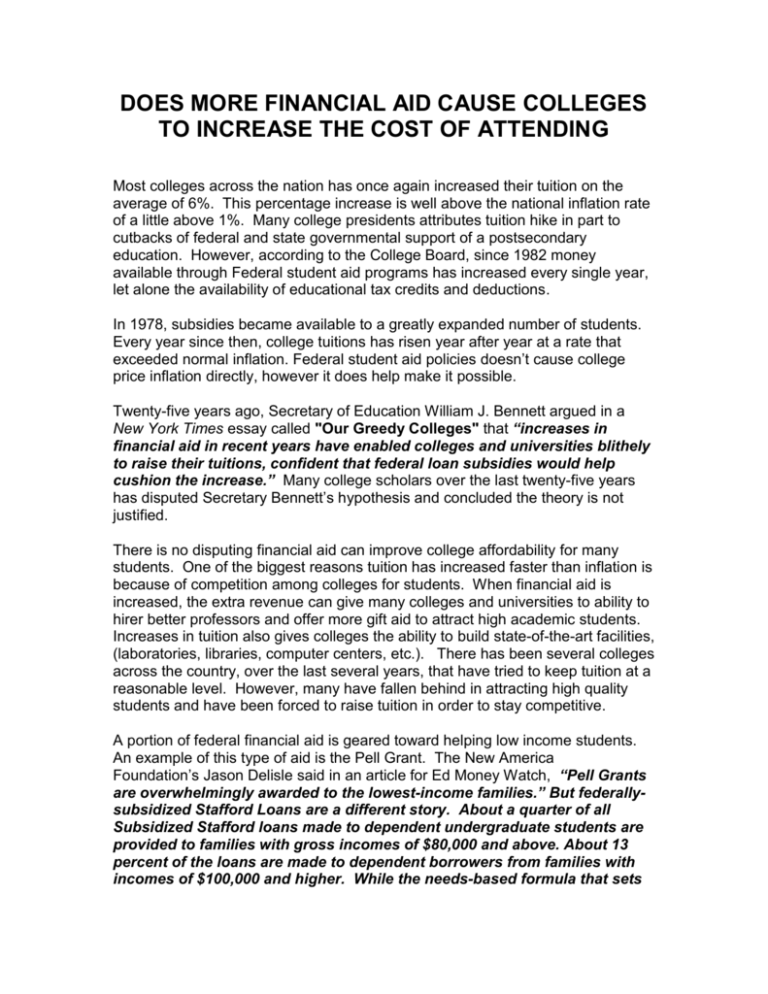
DOES MORE FINANCIAL AID CAUSE COLLEGES TO INCREASE THE COST OF ATTENDING Most colleges across the nation has once again increased their tuition on the average of 6%. This percentage increase is well above the national inflation rate of a little above 1%. Many college presidents attributes tuition hike in part to cutbacks of federal and state governmental support of a postsecondary education. However, according to the College Board, since 1982 money available through Federal student aid programs has increased every single year, let alone the availability of educational tax credits and deductions. In 1978, subsidies became available to a greatly expanded number of students. Every year since then, college tuitions has risen year after year at a rate that exceeded normal inflation. Federal student aid policies doesn’t cause college price inflation directly, however it does help make it possible. Twenty-five years ago, Secretary of Education William J. Bennett argued in a New York Times essay called "Our Greedy Colleges" that “increases in financial aid in recent years have enabled colleges and universities blithely to raise their tuitions, confident that federal loan subsidies would help cushion the increase.” Many college scholars over the last twenty-five years has disputed Secretary Bennett’s hypothesis and concluded the theory is not justified. There is no disputing financial aid can improve college affordability for many students. One of the biggest reasons tuition has increased faster than inflation is because of competition among colleges for students. When financial aid is increased, the extra revenue can give many colleges and universities to ability to hirer better professors and offer more gift aid to attract high academic students. Increases in tuition also gives colleges the ability to build state-of-the-art facilities, (laboratories, libraries, computer centers, etc.). There has been several colleges across the country, over the last several years, that have tried to keep tuition at a reasonable level. However, many have fallen behind in attracting high quality students and have been forced to raise tuition in order to stay competitive. A portion of federal financial aid is geared toward helping low income students. An example of this type of aid is the Pell Grant. The New America Foundation’s Jason Delisle said in an article for Ed Money Watch, “Pell Grants are overwhelmingly awarded to the lowest-income families.” But federallysubsidized Stafford Loans are a different story. About a quarter of all Subsidized Stafford loans made to dependent undergraduate students are provided to families with gross incomes of $80,000 and above. About 13 percent of the loans are made to dependent borrowers from families with incomes of $100,000 and higher. While the needs-based formula that sets eligibility for Subsidized Stafford loans takes total family income into account, it also adjusts for cost of attendance. This means that middle and upper income borrowers can also qualify for these loans if they attend institutions with sufficiently high costs. It’s clear from the data that this provision means that Subsidized Stafford loans aren’t targeted to just students from low income families.” Arthur Hauptman, a public policy consultant specializing in higher education finance, says, “Increased funding for Pell Grants can hurt overall degree completion rates. The Pell Grant has not had much effect on tuition levels in part because the amount of the awards does not vary with where a student enrolls. Institutions cannot affect how much a student receives and the institutions that charge the most enroll the fewest Pell Grant recipients. By contrast, despite the argument that there is no proven causal relationship between aid and price increases, there are several good reasons to believe that student loans have been a factor in the rising cost of a college education. Tuition has increased by twice the inflation rate for the past three decades while annual loan volume has increased tenfold in constant dollars.” Many of our politicians feel increasing financial aid is the best way of keeping college costs affordable for the vast student population. These same politicians also feel raising the minimum wage will increase the standard of living for low income earners. However, when employers are forced to increase wages, they have to cover the increase cost of doing business by increasing the cost of their goods or services. It is a ever increasing circle. George Leef, the director of research for the John William Pope Center for Higher Education Policy said, “When our politicians keep increasing financial aid availability, (in order to address college affordable), the more costly it becomes. In my opinion, Pell Grants, SEOG (Supplemental Educational Opportunity Grants) and other state and federal need based grants do not cause or contribute to the increase in tuition inflation increases. The reason is because most students attending college today will not qualify for these monies. However, the availability and increases in financial aid loans and tax credits have given postsecondary institutions a reason to increase tuitions, because they know that Federal loan subsidies and tax credit would help cushion the increase.

